ASME B30.20-2025: Below-the-Hook Lifting Devices
A volume of the overall safety standard for cableways, cranes, derricks, hoists, hooks, jacks, and slings, ASME B30.20-2025: Below-the-Hook Lifting Devices, has been released. Revising…
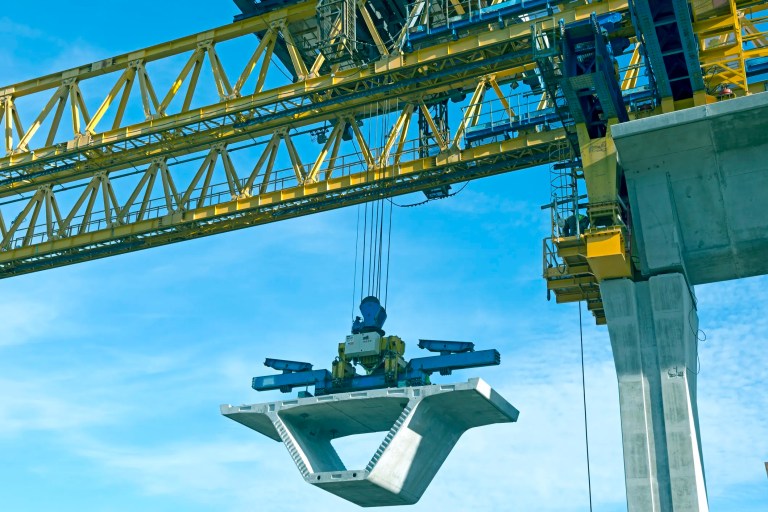
A volume of the overall safety standard for cableways, cranes, derricks, hoists, hooks, jacks, and slings, ASME B30.20-2025: Below-the-Hook Lifting Devices, has been released. Revising…
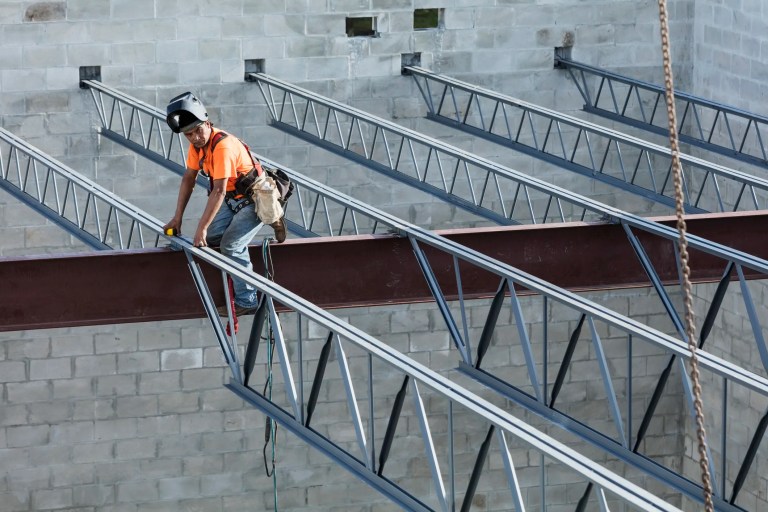
ANSI/ASSP Z359.1-2024: The Fall Protection Code specifies minimum guidelines for the processes, systems, and components used in a managed fall protection program, and it establishes…

Parade floats first appeared in the United States in the early 1800s; they became mainstays by the mid-century when, in 1857, New Orleans held its…
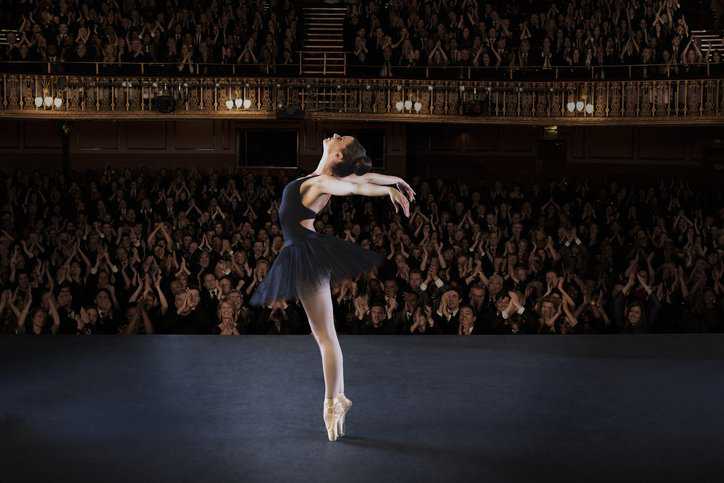
Workers in a theatrical, stage, or studio environment can be exposed to a number of hazards that put them at risk of workplace injury. Slip…

Complementing Occupational Health and Safety Administration (OSHA) requirements, voluntary consensus standards enhance the safety of numerous worksites. Voluntary standards touch every aspect of safety covered…

The ASME BTH-1 standard for the design of below-the-hook lifting devices has been revised. The new edition, released as ASME BTH-1-2023: Design of Below-the-Hook Lifting…
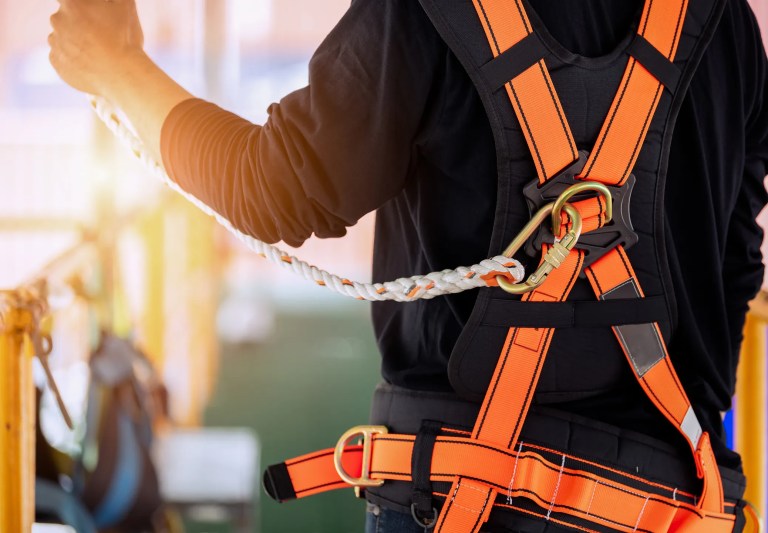
Falls are among the most common causes of serious work-related injuries and deaths. Each year roughly 300-400 construction workers fall to their deaths, usually when…
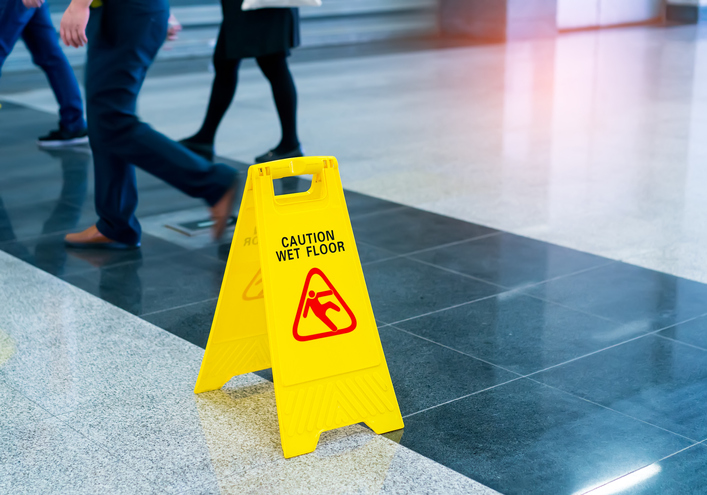
The bipedal gait cycle (i.e., the way you walk), begins with heel strike. The spring ligament of the foot releases its tension during toe-off, which leads to the swing…
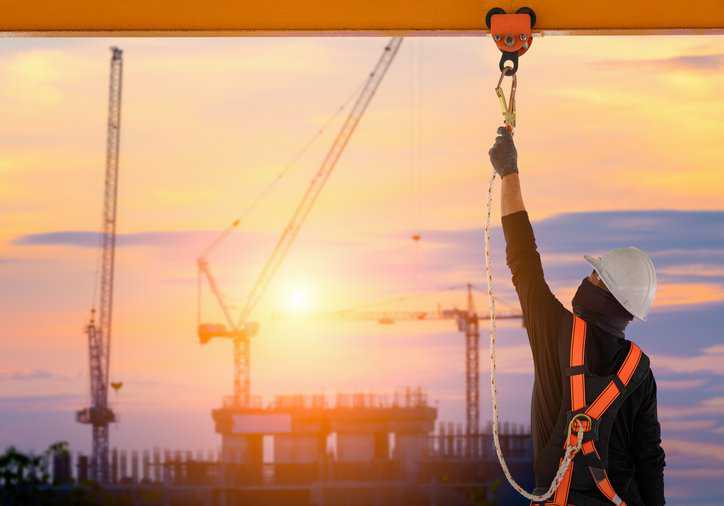
Falls are the leading cause of death among construction workers. Each year, roughly 300–400 construction workers fall to their deaths, most often while working at…